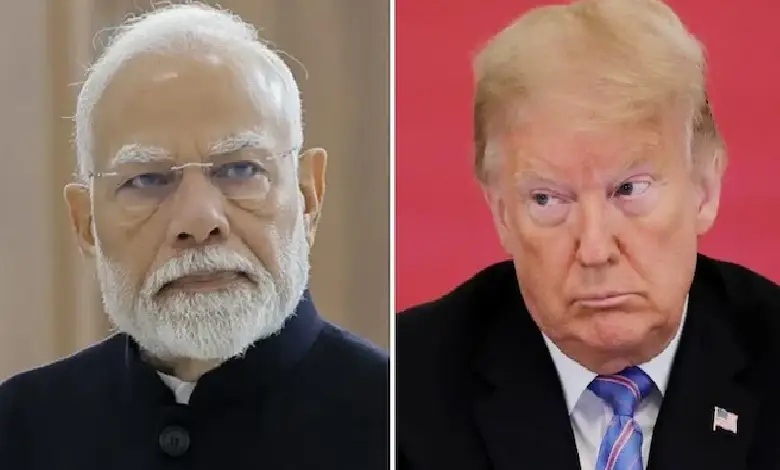
US President Donald Trump announced a 25% tariff and an additional penalty on Indian exports to the United States, effective August 1, 2025, via a post on his Truth Social platform. Labeling India a “friend,” Trump justified the measures by citing India’s trade relations with Russia, particularly its purchase of military equipment and oil, as well as its high tariffs. However, these claims lack full grounding in reality, creating friction in US-India trade relations.
Trump’s accusations include India’s high tariffs, which he described as among the world’s highest, its reliance on Russian military equipment, and its position as one of Russia’s largest energy buyers alongside China. These assertions are not entirely accurate. India has been diversifying its defense and energy imports, reducing its dependence on Russian military hardware and expanding oil purchases from other regions, including West Asia. Amid the Ukraine conflict, India’s importation of Russian crude oil, which accounts for 40-45% of its crude basket, reflects economic pragmatism rather than strategic alignment. Foreign Secretary Vikram Misri highlighted India’s growing energy imports from the US, projected to rise from $15 billion in 2024 to $25 billion soon.
While India was negotiating a trade agreement with the US, it also secured a free trade agreement with the UK, signaling its intent to diversify trade partnerships. Trump’s tariff decision, announced amidst these talks, appears to be a pressure tactic to extract concessions. The move risks straining economic and diplomatic ties, with potential impacts on India’s export-driven sectors and the broader bilateral relationship.
